
Michelangelo di Lodovico Buonarroti Simoni, known as Michelangelo, was an Italian sculptor, painter, architect, and poet of the High Renaissance. Born in the Republic of Florence, his work was inspired by models from classical antiquity and had a lasting influence on Western art. Michelangelo's creative abilities and mastery in a range of artistic arenas define him as an archetypal Renaissance man, along with his rival and elder contemporary, Leonardo da Vinci. Given the sheer volume of surviving correspondence, sketches, and reminiscences, Michelangelo is one of the best-documented artists of the 16th century. He was lauded by contemporary biographers as the most accomplished artist of his era.

Pope Adrian VI, born Adriaan Florensz Boeyens, was head of the Catholic Church and ruler of the Papal States from 9 January 1522 until his death on 14 September 1523. The only Dutchman to become pope, he was the last non-Italian pope until the Polish John Paul II 455 years later.

Pope Pius IV, born Giovanni Angelo Medici, was head of the Catholic Church and ruler of the Papal States from 25 December 1559 to his death in December 1565. Born in Milan, his family considered itself a branch of the House of Medici and used the same coat of arms. Although modern historians have found no proof of this connection, the Medici of Florence recognized the claims of the Medici of Milan in the early 16th century.

Pope Clement VII was head of the Catholic Church and ruler of the Papal States from 19 November 1523 to his death on 25 September 1534. Deemed "the most unfortunate of the popes", Clement VII's reign was marked by a rapid succession of political, military, and religious struggles—many long in the making—which had far-reaching consequences for Christianity and world politics.

Pope Julius II was head of the Catholic Church and ruler of the Papal States from 1503 to his death in February 1513. Nicknamed the Warrior Pope or the Fearsome Pope, he chose his papal name not in honour of Pope Julius I but in emulation of Julius Caesar. One of the most powerful and influential popes, Julius II was a central figure of the High Renaissance and left a significant cultural and political legacy. As a result of his policies during the Italian Wars, the Papal States increased its power and centralization, and the office of the papacy continued to be crucial, diplomatically and politically, during the entirety of the 16th century in Italy and Europe.
Pope Leo VI was the bishop of Rome and nominal ruler of the Papal States for just over seven months, from June 928 to his death. His pontificate occurred during the period known as the Saeculum obscurum.
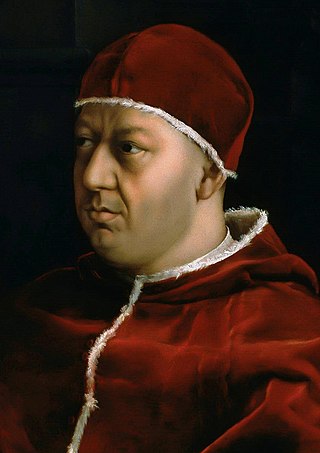
Pope Leo X was head of the Catholic Church and ruler of the Papal States from 9 March 1513 to his death in December 1521.

Girolamo Savonarola, OP or Jerome Savonarola was an ascetic Italian Dominican friar from Ferrara and preacher active in Renaissance Florence. He was known for his prophecies of civic glory, the destruction of secular art and culture, and his calls for Christian renewal. He denounced clerical corruption, despotic rule, and the exploitation of the poor.
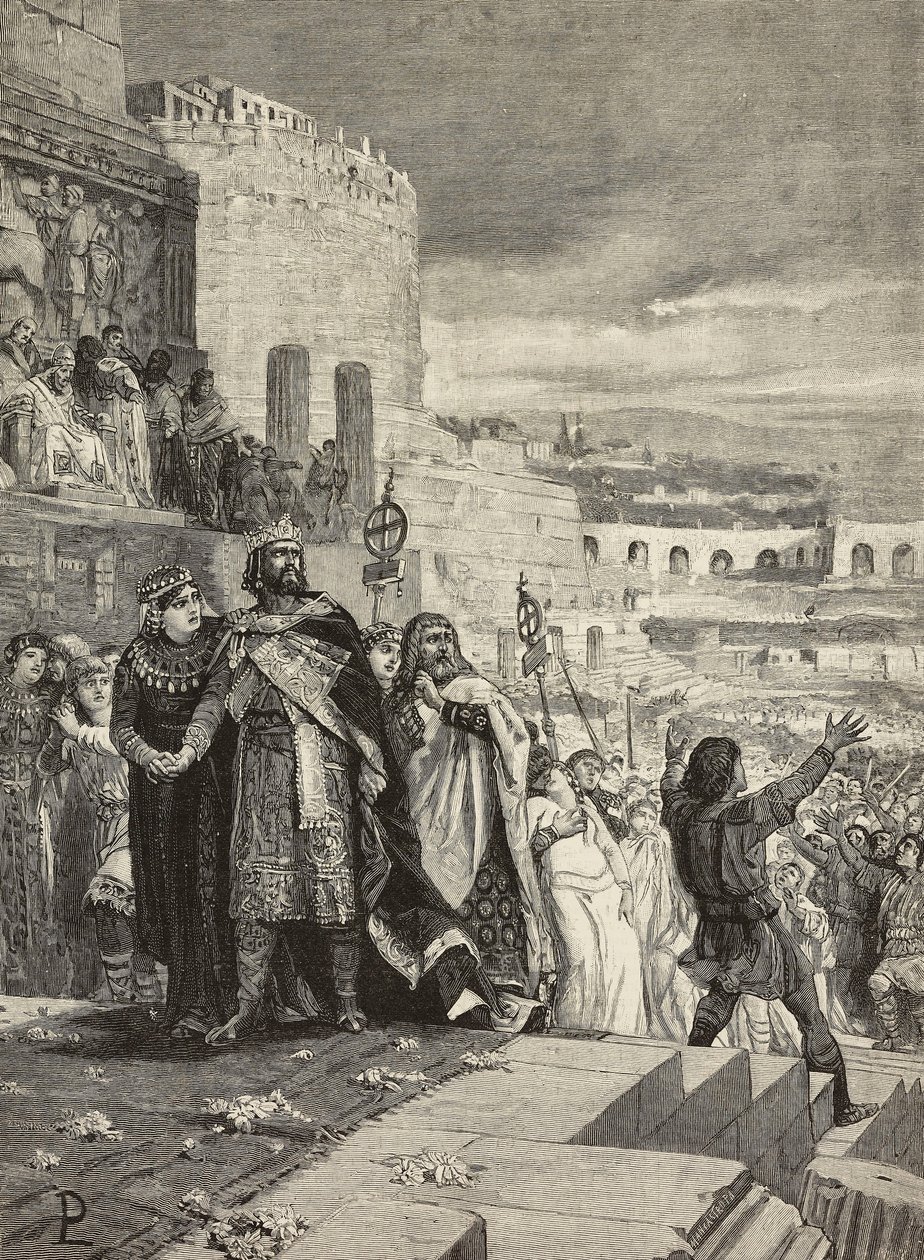
Marozia, born Maria and also known as Mariuccia or Mariozza, was a Roman noblewoman who was the alleged mistress of Pope Sergius III and was given the unprecedented titles senatrix ("senatoress") and patricia of Rome by Pope John X.

Giuliano di Lorenzo de' Medici KG was an Italian nobleman, the third son of Lorenzo the Magnificent, and a ruler of Florence.

Ippolito de' Medici was the only son of Giuliano di Lorenzo de' Medici, born out-of-wedlock to his mistress Pacifica Brandano.
Papal coats of arms are the personal coat of arms of popes of the Catholic Church. These have been a tradition since the Late Middle Ages, and has displayed his own, initially that of his family, and thus not unique to himself alone, but in some cases composed by him with symbols referring to his past or his aspirations. This personal coat of arms coexists with that of the Holy See.

Raffaele Sansoni Galeoti Riario was an Italian Cardinal of the Renaissance, mainly known as the constructor of the Palazzo della Cancelleria and the person who invited Michelangelo to Rome. He was a patron of the arts. He was also the first adolescent to be elevated in the College of Cardinals in the history of the Holy See.

The Renaissance Papacy was a period of papal history between the Western Schism and the Reformation. From the election of Pope Martin V of the Council of Constance in 1417 to the Reformation in the 16th century, Western Christianity was largely free from schism as well as significant disputed papal claimants. There were many important divisions over the direction of the religion, but these were resolved through the then-settled procedures of the papal conclave.

Pompeo Colonna was an Italian noble, condottiero, politician, and cardinal. At the culmination of his career he was Viceroy of the Kingdom of Naples (1530–1532) for the Emperor Charles V. Born in Rome, he was the son of Girolamo Colonna, whose father Antonio was second Prince of Salerno; and Vittoria Conti, of the Conti de Poli. His family belonged to the highest rank of nobility both of the City of Rome and of the Kingdom of Naples. Pompeo and his family were hereditary supporters of the Holy Roman Empire (Ghibbelines), and they spent their careers fighting their hereditary enemies, the Orsini family, and defending and expanding their family territories and interests. He played a significant, if sometimes disruptive, role in the Conclaves of 1521 and 1523 on behalf of the Imperial interest. His family commitments and his conclave activities brought Pompeo into conflict with the second Medici pope, Clement VII, whose election he vigorously opposed, and made him a leading figure in the attempted overthrow of Pope Clement and the Sack of Rome in 1527.

The 1492 papal conclave was convened after the death of Pope Innocent VIII. It was the first papal conclave to be held in the Sistine Chapel.
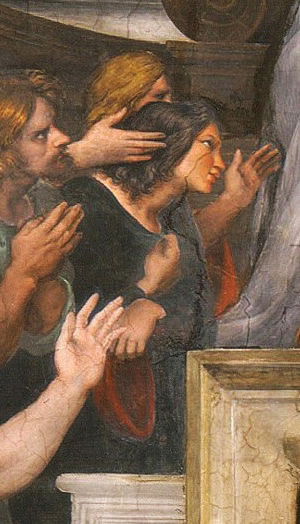
Felice della Rovere, also known as Madonna Felice, was the illegitimate daughter of Pope Julius II. One of the most powerful women of the Italian Renaissance, she was born in Rome around 1483 to Lucrezia Normanni and Cardinal Giuliano della Rovere. Felice was well educated, became accepted into close courtly circles of aristocratic families, and formed friendships with scholars and poets through her education and genuine interest in humanism. Through the influence of her father, including an arranged marriage to Gian Giordano Orsini, she wielded extraordinary wealth and influence both within and beyond the Roman Curia. In particular, she negotiated peace between Julius II and the Queen of France, and held the position of Orsini Signora for over a decade following the death of her husband in 1517. Felice further increased her power through a castle that she bought with money received from her father, the Castle at Palo, and through her involvement in the grain trade.
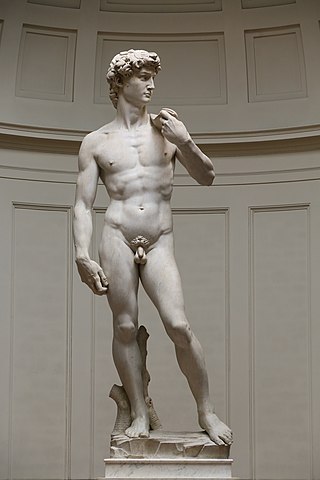
Michelangelo had a complicated relationship with the Medici family, who were for most of his lifetime the effective rulers of his home city of Florence. The Medici rose to prominence as Florence's preeminent bankers. They amassed a sizable fortune some of which was used for patronage of the arts. Michelangelo's first contact with the Medici family began early as a talented teenage apprentice of the Florentine painter Domenico Ghirlandaio. Following his initial work for Lorenzo de' Medici, Michelangelo's interactions with the family continued for decades including the Medici papacies of Pope Leo X and Pope Clement VII.
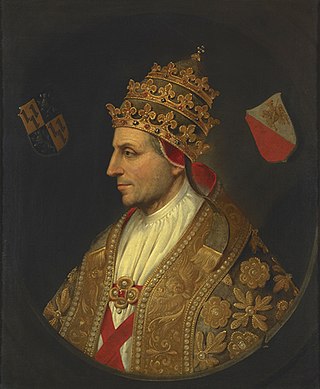
The 1521–22 papal conclave elected Pope Adrian VI to succeed Pope Leo X. The conclave was marked by the early candidacies of cardinal-nephew Giulio de'Medici and Alessandro Farnese, although the Colonna and other cardinals blocked their election.

















